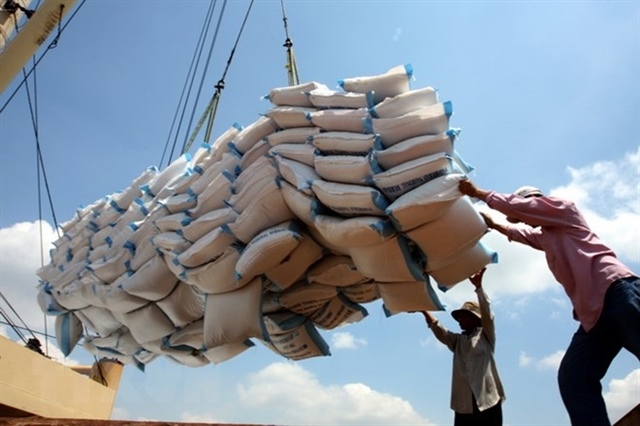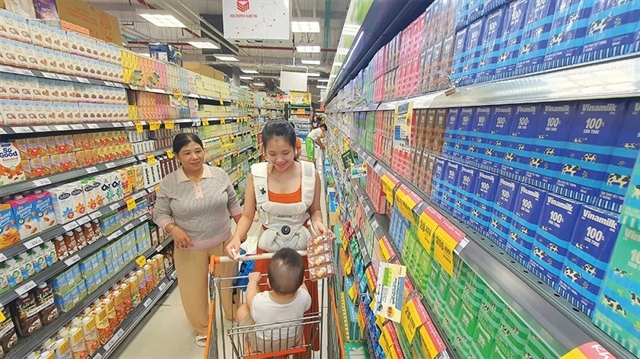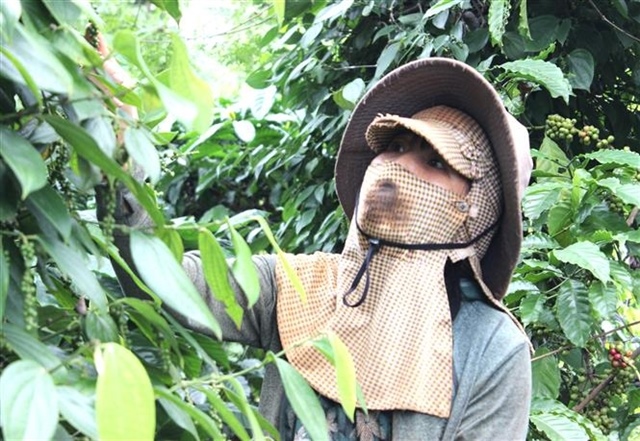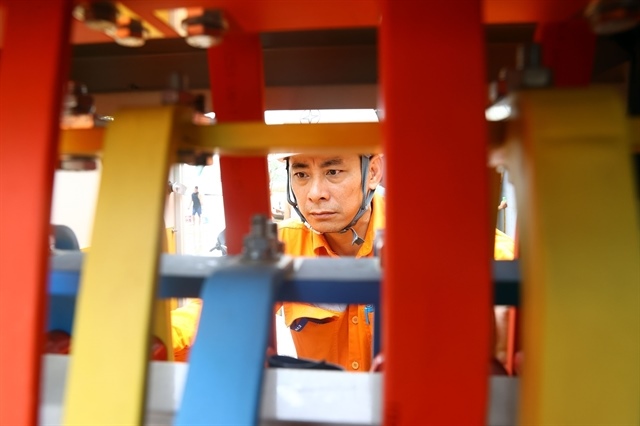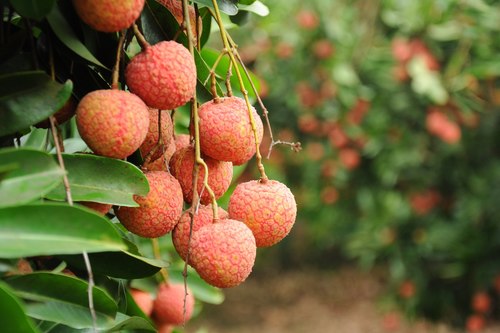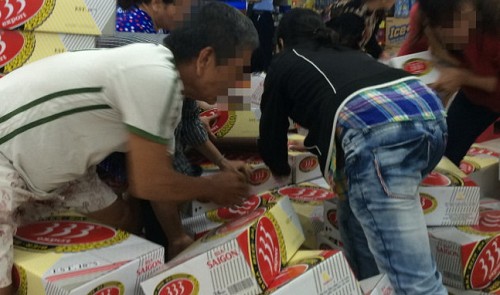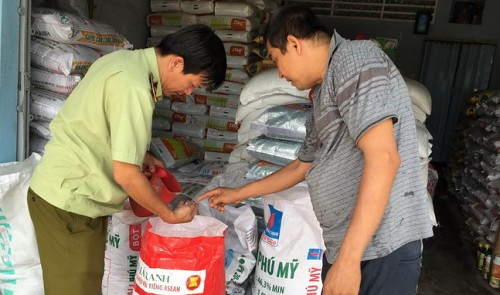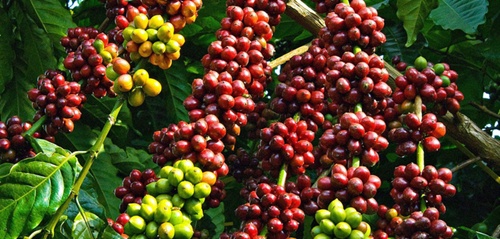Chinese fruit loses grip on Vietnam’s supermarket shelves, but not street carts
Chinese fruit loses grip on Vietnam’s supermarket shelves, but not street carts
Chinese fruits may be losing shelf space in supermarkets across Vietnam, but they are still dominating the carts of street vendors, many of whom pass the products off as home-grown.
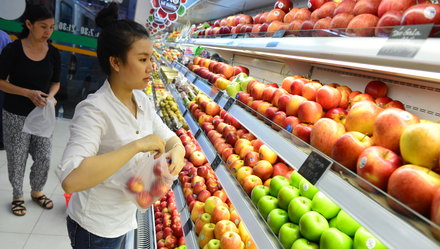
From January to May, Vietnam spent nearly US$278 million on fruit and vegetable imports, up 48 percent against the same period last year, according to customs data.
In Ho Chi Minh City, Chinese apples have been driven out by apples from France, New Zealand, Belgium, and particularly the U.S.
U.S. apples dominate shelves of imported fruits at most supermarkets in the city, selling at between VND55,000 ($2.5) and VND100,000 ($4.5) a kg.
Grapes of various origins are also widely available in Ho Chi Minh City, whereas produce from China is hardly seen.
There are now red, black and seedless grapes imported from South Africa and Australia, available at between VND120,000 ($5.4) and VND150,000 ($6.7) a kg.
“Of the imported fruits, consumers prefer apples and grapes because they are rich in vitamin C and affordable,” an attendant at a foreign fruit store in Ho Chi Minh City revealed.
Loan, who sells fruits at Ben Thanh Market, said Chinese apples or oranges had disappeared from stores long ago.
Loan and other vendors at Ben Thanh now mostly sell Vietnamese fruits and some seasonal produce such as apples, cherries and grapes from the U.S.
“Consumers are very smart now – they will turn their back on you forever if they buy bad produce from you once,” Loan explained.
Diep Dung, chairman of Saigon Co.op, Vietnam’s largest supermarket chain, said the chain no longer sourced Chinese fruit as “there are now various suppliers of foreign fruits at prices that are not too expensive for consumers.”
Dung said the most favorite imported fruits at Saigon Co.op were apples, oranges, strawberries and kiwis, sourced from countries with high food safety standards including the U.S., Canada and Australia.
Sold in disguise on streets
While Chinese fruits are now hard to find at official distributors, they are still widely available from street carts across Ho Chi Minh City.
What is most worrying though is that many vendors sell the Chinese produce behind signs claiming they are of Vietnamese origin.
Numerous carts selling 'Hanoi, Son La plums' and 'Sa Pa peaches,' both popular Vietnamese fruits, are parked along major streets in the southern metropolis, while the fruits are in fact all Chinese.
The Hanoi plum is on sale for only VND20,000, or less than $1, a kg, with vendors claiming they are very crispy and sweet.
However, fruit traders said authentic Son La or Hanoi plums would never be that cheap.
In the northern province of Son La, plums are collected at plantations at VND25,000 ($1) a kg, according to Nguyen Thuy Giang, a northern fruit distributor based in Ho Chi Minh City.
“In Hanoi the Son La fruit will sell at VND55,000 a kg due to transportation cost, and in Ho Chi Minh City, the price must be up to VND90,000 [$4] a kg,” she pressed.
Similarly, real peaches grown in Sa Pa, a resort town in the northern province of Lao Cai, could not cost less than VND100,000 and supply is currently scarce, Giang added.
Giang said it is easy to tell Chinese fruits from real Vietnamese ones.
“Son La plums look reddish, taste sweet and smell good, whereas the Chinese fakes have yellow or brown skins and taste more sour,” she elaborated.



